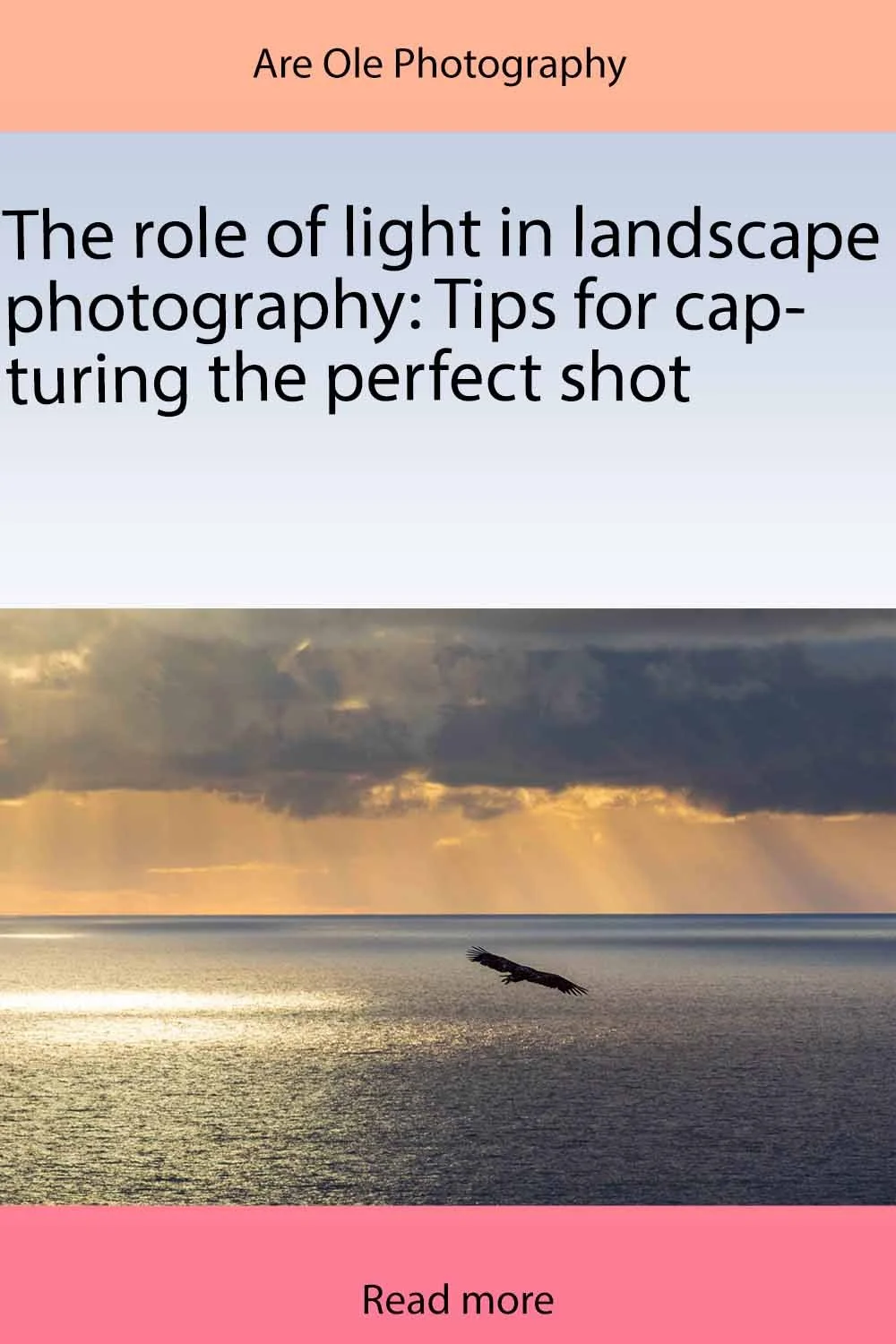The role of light in landscape photography: Tips for capturing the perfect shot
Light is perhaps the most important element in landscape photography. It can make or break a shot, and learning how to use it to your advantage is crucial to capturing stunning images. Here are a few tips for using light in landscape photography:
Shoot during the golden hours.
The golden hours are the times around sunrise and sunset when the light is warm and golden. This is often the most beautiful light for landscape photography, as it adds warmth and depth to the scene.
this photo both a nd 64 and a circular polarizing filter was used. Polarizing filters are great for reduceing reflections and enhanceing colors.
Photo by Are Ramstad
Look for interesting light.
Don't just rely on the golden hours for great light. Look for other interesting light sources, such as backlighting, side lighting, and reflections. These can add drama and interest to your shots.
Pay attention to the direction of the light.
The direction of the light can have a big impact on the mood and atmosphere of a scene. Soft, diffused light can create a peaceful, ethereal atmosphere, while harsh, direct light can create contrast and drama.
the direction of the light, clouds and time of day is all factors that determine the light in a photo.
Photo by Are Ramstad
Use filters to control the light.
Filters, such as polarizing filters and ND filters, can help to control the light in your shots. Polarizing filters can reduce reflections and enhance colors, while ND filters can help to balance the exposure in high-contrast scenes.
Filters, such as polarizing filters and ND filters, can help to control the light in your shots
Adobe stock
Experiment with light.
Don't be afraid to experiment with light and try different techniques. Play with exposure, white balance, and other settings to see how they affect the light in your shots.
Soft morning light on an early autumn day.
Photo by Are Ramstad
Summary:
light is an essential element in landscape photography. By learning to use it to your advantage and experimenting with different techniques, you can capture stunning, atmospheric images that truly showcase the beauty of the natural world
I hope that you found it informative and helpful. As someone who struggles with dyslexia, I want to let you know that I used a writing tool called OpenAI's GPT-3 to assist in the creation of this piece. GPT-3 has been an invaluable resource for me, helping me to fine-tune my writing and express my thoughts more clearly. While I was responsible for the overall direction and content of the post, GPT-3 helped me to refine the language and make the writing more cohesiv.









Thinking about the Sony ZV-E10 II? After six months of use, I took it on a weekend getaway to test its photo and video capabilities. In this hands-on review, I share what I love, what I don’t, and whether it’s worth buying. Read more for real-world insights, pros & cons, and sample images!